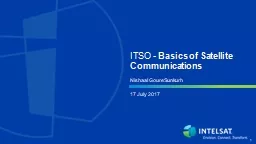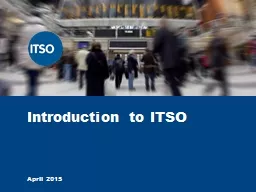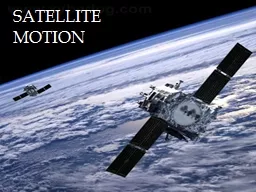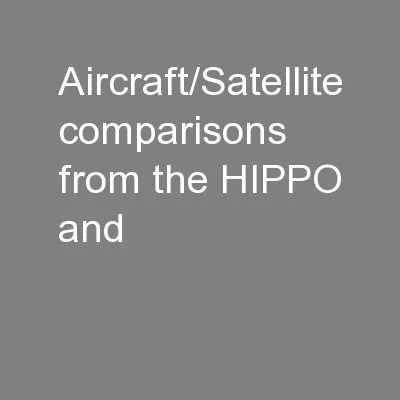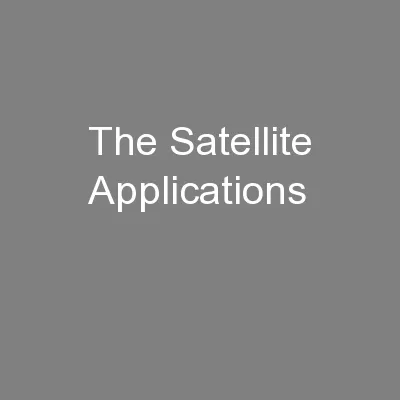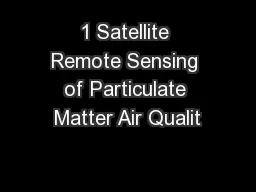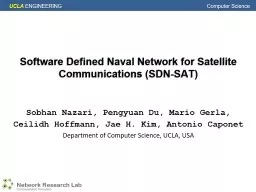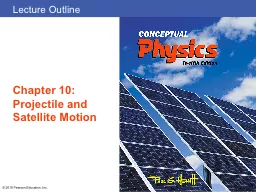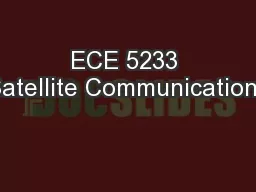PPT-ITSO - Basics of Satellite Communications
Author : alida-meadow | Published Date : 2018-11-04
Nishaal Goure Sunkurh 17 July 2017 Satellite Earth Station Equipment Satellite Earth Station Equipment Antenna Types Parameters Uplink Modulation UpConverters Transmitters
Presentation Embed Code
Download Presentation
Download Presentation The PPT/PDF document "ITSO - Basics of Satellite Communicatio..." is the property of its rightful owner. Permission is granted to download and print the materials on this website for personal, non-commercial use only, and to display it on your personal computer provided you do not modify the materials and that you retain all copyright notices contained in the materials. By downloading content from our website, you accept the terms of this agreement.
ITSO - Basics of Satellite Communications: Transcript
Download Rules Of Document
"ITSO - Basics of Satellite Communications"The content belongs to its owner. You may download and print it for personal use, without modification, and keep all copyright notices. By downloading, you agree to these terms.
Related Documents

